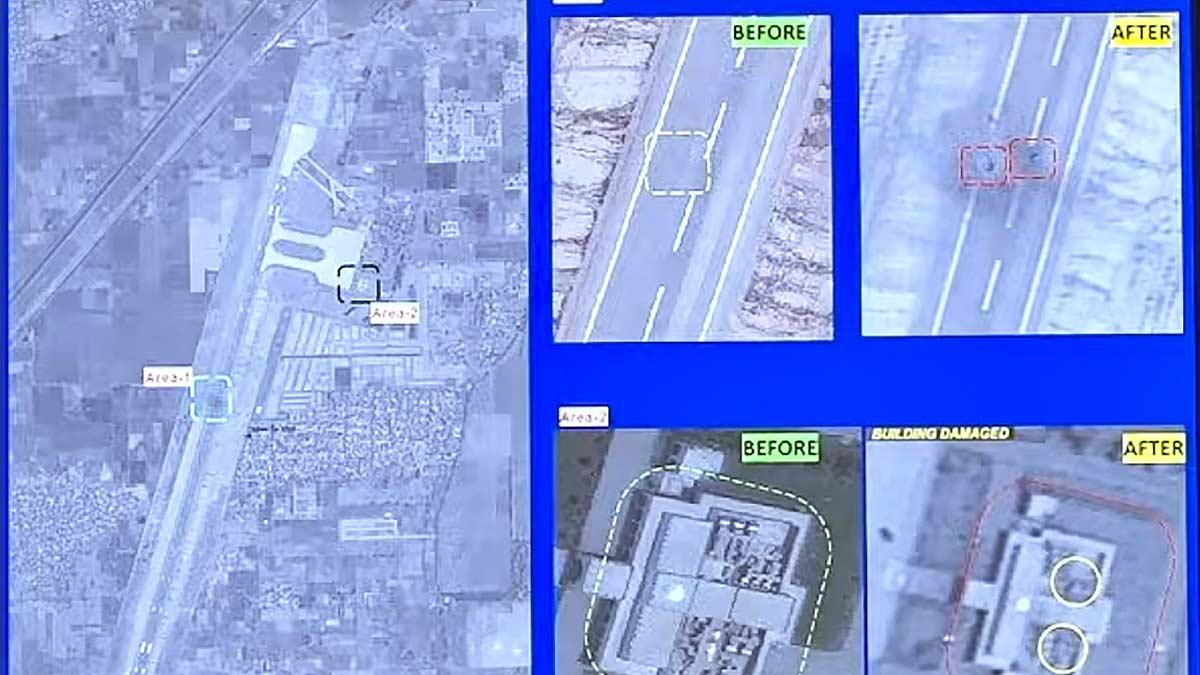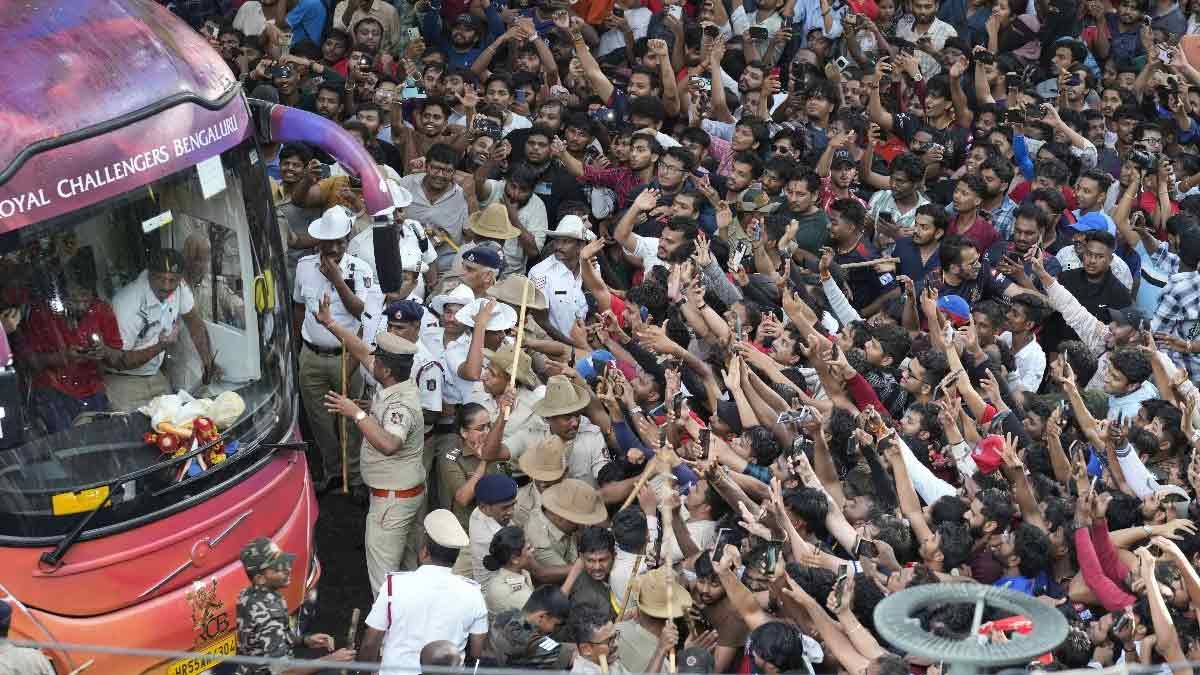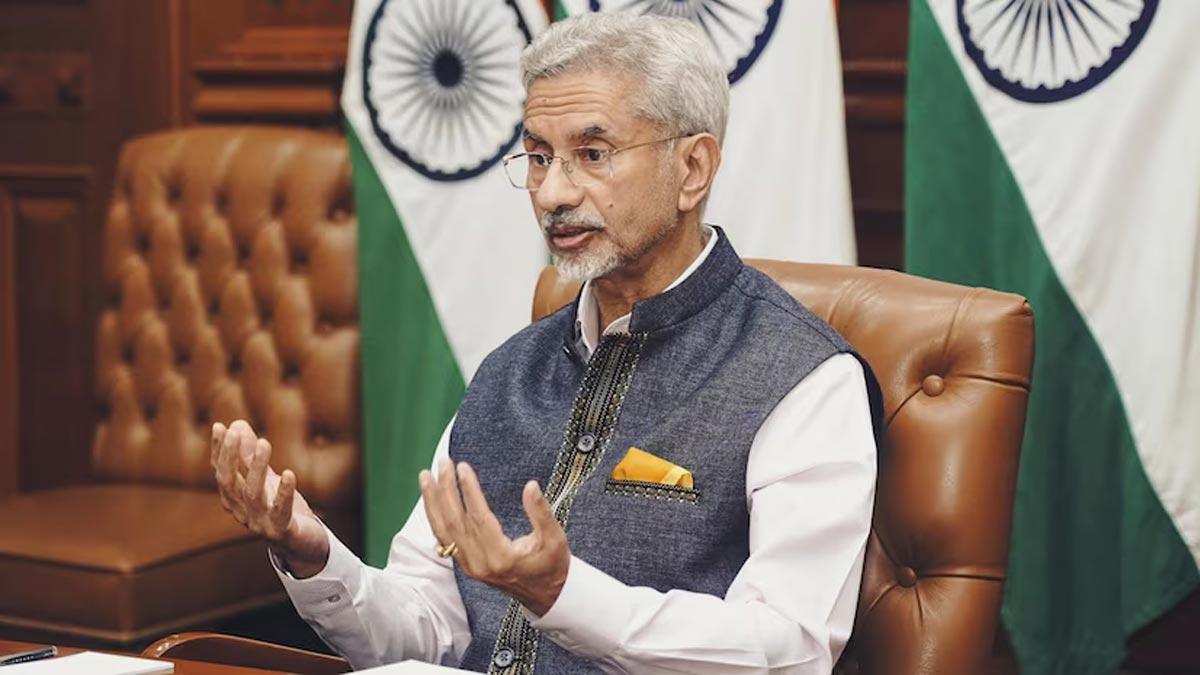India conducted a major counter-attack on terrorist camps along the Line of Control in Pakistan under Operation Sindoor.
The operation led to the destruction of 15 key locations linked to extremist organizations. Satellite imagery, interpreted by OSINT analyst Damien Symon, showed conclusive evidence of damage at key Pakistani airbases.
Principal targets were 'Markaz Subhan Allah' in Bahawalpur, the central headquarters of Jaish-e-Muhammed (JeM), a terrorist organization that specializes in training militants and plotting raids. And 'Markaz Taiba' in Muridke, close to Lahore, the command headquarters of Lashkar-e-Taiba (LeT), infamous for the 2008 attacks on Mumbai.
Another significant blow came to ‘Mehmoona Joya’ in Sialkot, a stronghold of Hizbul Mujahideen (HM), known for its militant infiltration into Jammu and Kashmir. Other key locations, such as ‘Sawahi Nallah Camp’, ‘Markaz Syedna Bilal’, ‘Markaz Abbas Kotli’, and ‘Markaz Ahle Hadith’, were also targeted.
The attacks were preceded by a series of cross-border drone raids and attacks. Indian precision bombing inflicted heavy damage on various Pakistani military installations, escalating hostilities along the Line of Control, with both sides exchanging heavy-caliber fire. Indian fighter aircraft targeted nine terrorist camps based within Pakistan and Pakistan-occupied Kashmir (POK) over the course of three days.
These attacks were a retaliatory measure to the devastating terrorist attack in Pahalgam on April 22, which killed 26 tourists. Satellite images taken on 10 May revealed extensive damage at Sargodha Airbase, especially on runway 14/32.
The Rahim Yar Khan Airbase was put out of commission, with a NOTAM in place until May 17. More strikes were delivered against Nur Khan, Bholari, and Jacobabad Airbases, with hangars, operational areas, and radar installations being hit, further weakening Pakistan's military capabilities.
On May 10, following incessant Indian air strikes and Pakistani drone, missile, and artillery retaliations, Pakistan's Director General of Military Operations (DGMO) had his Indian counterpart in a hasty call at 3:30 pm to seek a ceasefire. India acquiesced to the appeal, but only after administering a measured military retaliation. Approximately 20 hours afterward, a high-level panel of defense leaders announced that India had eliminated "100 terrorists at nine places," including "three high-value operatives" responsible for the Kandahar hijacking and the Pulwama attack.
The committee, which included Lieutenant General Rajiv Ghai, Vice Admiral AN Pramod, and Air Marshal Awadhesh Kumar Bharti, made it clear that there was no violation of international borders by Pakistan's military. They elaborated on Operation Sindoor, pointing out that it had struck at major military infrastructure in Pakistan, such as command facilities and airfields in Chaklala, Rafiki, and Rahriyar Khan. Officials indicated that India would not accept aggression and would retaliate proportionally.
The reaction will be just and punitive," said Lieutenant Gen Ghai. Furthermore, Pasrur and Sialkot radar installations were disabled and key military targets in Rawalpindi, Rahim Yar Khan, Sukkur, and Sunia were attacked by air-delivered precision weapons.
During this war, Symon revealed Pakistan's disinformation campaign, which included forged images purporting to show damage to Indian military installations, such as an old photo of Jammu Airport being presented as recent damage.
Read also| India, Pakistan DGMOs Hold Hotline Talks to Restore Border Tranquility
Read also| Defence Ministry Asserts Combat Readiness Amid Rising Regional Tensions


















